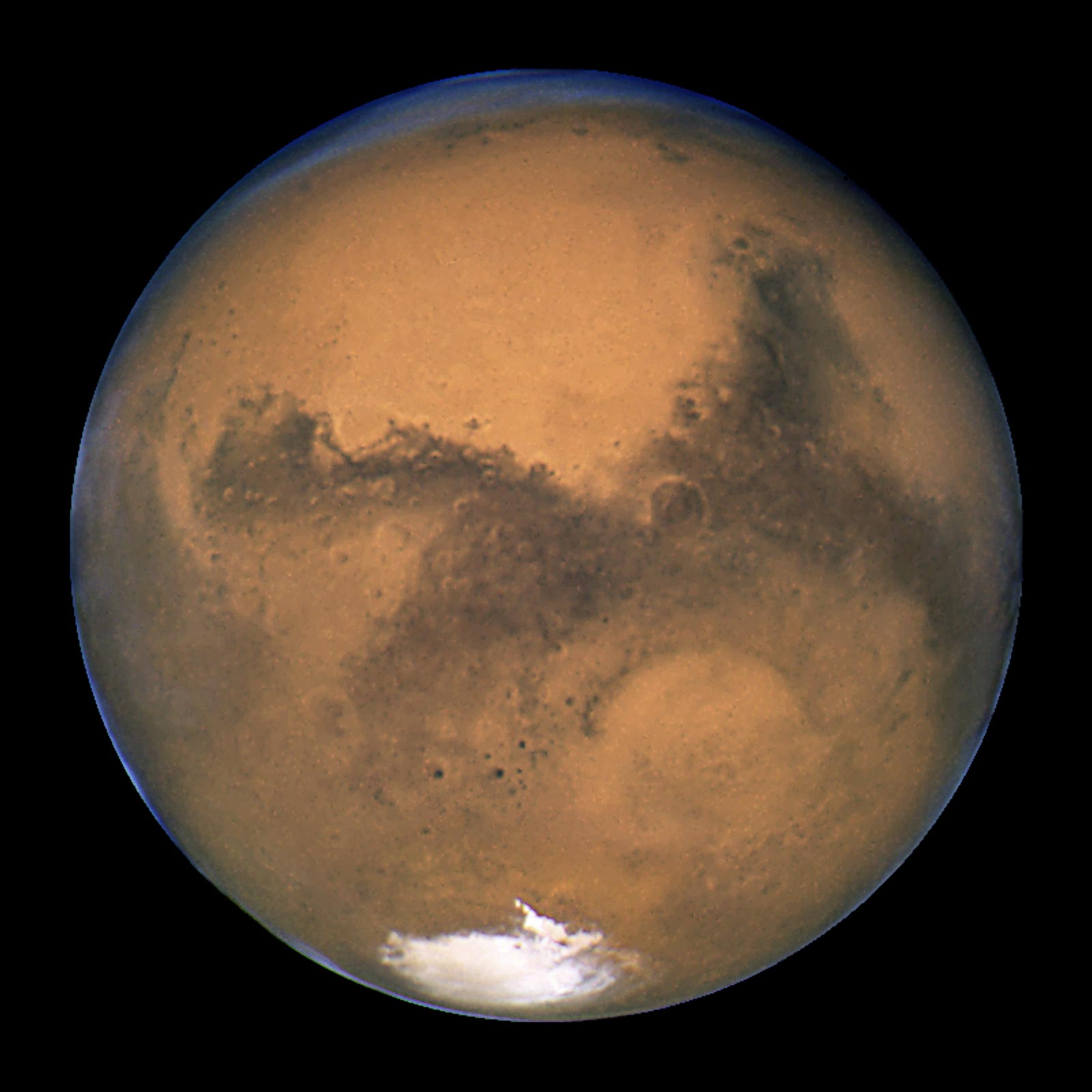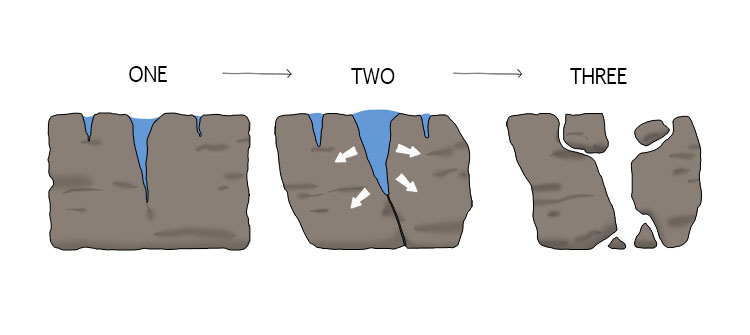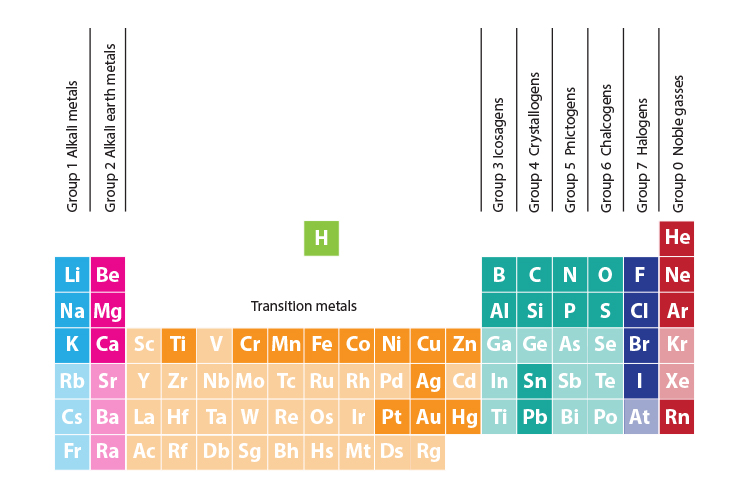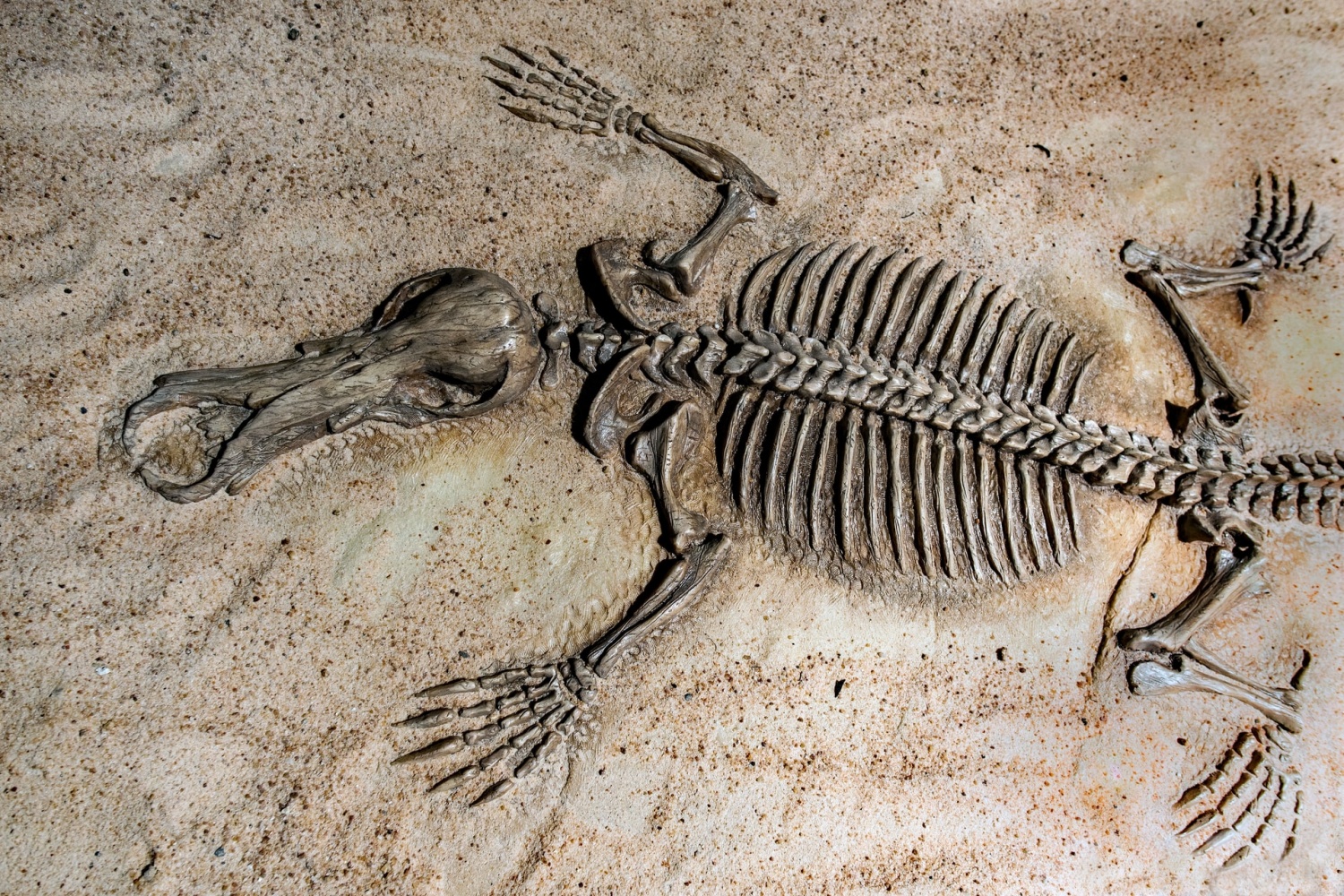What is a chloroplast?
The science word for the length of time it takes the Earth to revolve around the sun
What is a year?
This must always be worn during chemistry practical's.
What are safety glasses/goggles?
The exchange of this subatomic particle drives chemical reactions
What is an electron?
What is the function of red blood cells
What is tissue?

What is the fourth planet from the sun?
What is Mars?

This gas is produced when you add an acid to a metal.

What is hydrogen?
Mg + 2HCl -> MgCl2 + H2
The atomic number on the periodic table is the amount of this particle in an atom.
What is a proton?
what tissue in the stomach allows it to churn?
what is muscle tissue
This specialised cell is the only type of cell in your body without a nucleus.
What are red blood cells?
Large, slow-moving sheet of ice over land
What is a glacier?
This word describes substances like bleach, soap, toothpaste, and sodium hydroxide
What is base/basic/alkali?
As you move down a group on the periodic table, the number of these increases.
What are shells/energy levels?
What type of system is the heart part of?
what is double circulatory system
Root hair cells are not found on your scalp, instead they help plants do this.
What is absorb water and nutrients?
Freeze-thaw is an example of this process which breaks down existing rocks.

What is (physical) Weathering?
This is made when you react a group 1 metal and a group 7 non-metal.

What is salt?
e.g. Sodium + Chlorine -> Sodium chloride
The reactivity of the elements increases as you move down this group.
What is group 1/alkali metals?
what is anaerobic respiration and why do we need it?
Bacteria and sperm cells have this structure in common.
What is a flagellum/tail?

It is not possible to find fossils in this type of rock.

What is an igneous rock?
The equation below is an example of this common chemical reaction.
CH4 + 2O2 -> 2H2O + CO2
What is an oxidation reaction?
This non-toxic element can be commonly found at parties.
What is Helium?
what type of energy is being transformed into kinetic energy when Mr.B runs past Mr.Roberts?
chemical energy